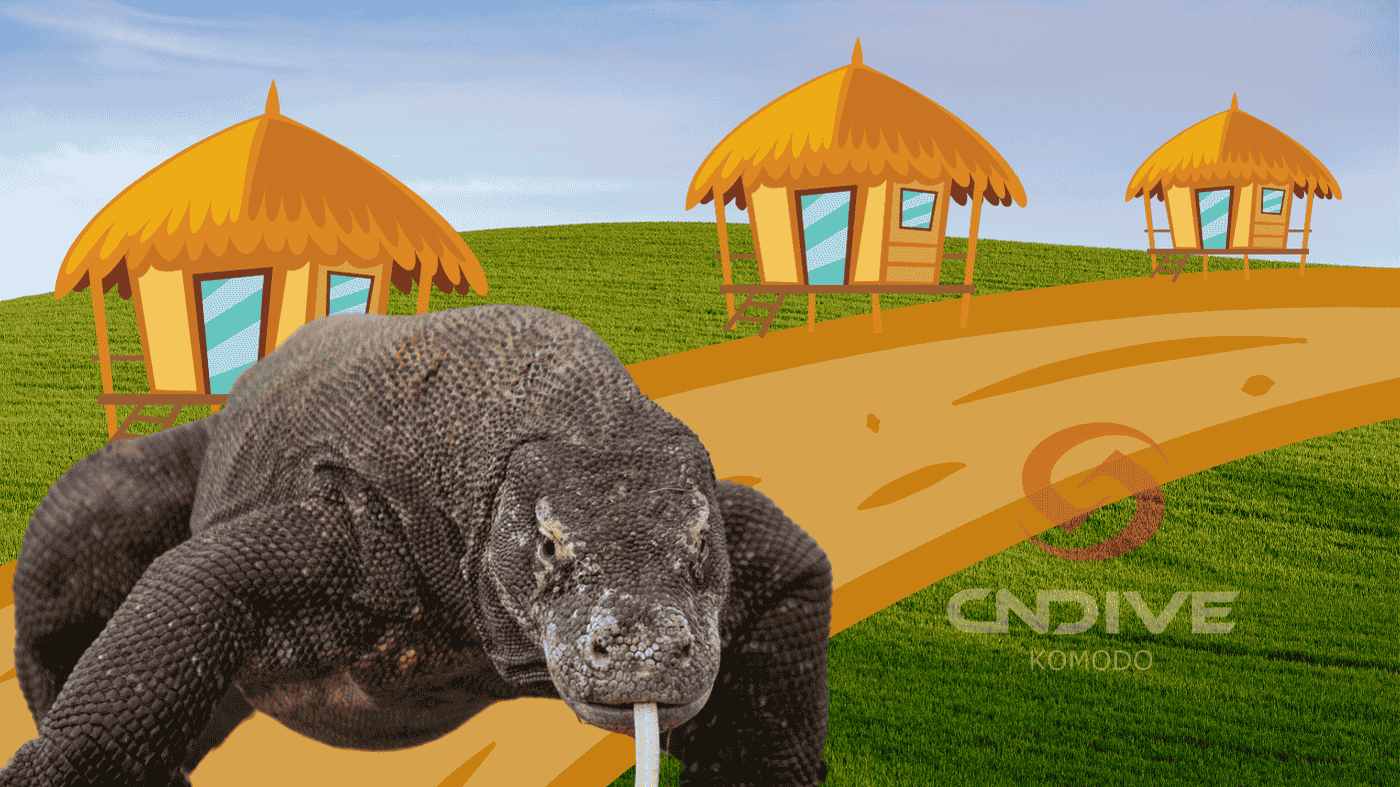National Park Komodo – a UNESCO World Heritage Site in Indonesia, is globally renowned for its majestic Komodo dragons. However, beyond these prehistoric creatures lies an underwater paradise that beckons scuba divers from around the world. The crystal-clear waters, diverse marine life, and dramatic underwater landscapes make Komodo one of the most exhilarating scuba diving destinations on the planet. In this article, we delve into what scuba diving is like in Komodo at its best, providing insights for enthusiasts seeking their next underwater adventure.

Why Choose National Park Komodo for Scuba Diving?
First and foremost, National Park Komodo offers unparalleled biodiversity. The park sits within the Coral Triangle, known as the global epicenter of marine biodiversity. Consequently, divers can expect vibrant coral reefs teeming with life, from tiny nudibranchs to majestic manta rays. Moreover, the varying dive sites cater to all skill levels, from beginners to seasoned technical divers.
National Park Komodo – The Best Dive Sites
1. Batu Bolong
Batu Bolong is often described as an underwater pinnacle, brimming with colorful corals and bustling marine life. Strong currents around the site create nutrient-rich waters, attracting a plethora of species. Divers frequently encounter schools of trevallies, reef sharks, and even turtles gliding gracefully through the vibrant reef.
2. Manta Point (Karang Makassar)
As the name suggests, Manta Point is famous for its regular manta ray sightings. Here, divers can witness these gentle giants performing their mesmerizing dance at cleaning stations. The shallow depth and moderate currents make it accessible, providing an unforgettable experience for divers of all levels.
More information about manta point?
3. Castle Rock
Located in the northern part of Komodo, Castle Rock offers thrilling drift dives due to strong currents. This site is a magnet for pelagic species, including sharks, giant trevallies, and barracudas. Divers often find themselves surrounded by schools of fish, creating a dynamic and exhilarating underwater spectacle.
4. Crystal Rock
Named for its crystal-clear visibility, Crystal Rock boasts a stunning array of coral gardens and diverse marine life. The currents here can be challenging, but they also bring in large pelagic fish. Expect to see white-tip reef sharks, Napoleon wrasses, and vibrant anthias swirling around the reef.
Marine Life Encounters
National Park Komodo’s waters are a haven for marine biodiversity. In addition to manta rays and reef sharks, divers might spot pygmy seahorses clinging to gorgonian fans, colorful frogfish camouflaged among corals, and even the elusive dugong. Moreover, macro enthusiasts will be delighted by the abundance of critters like nudibranchs, shrimps, and tiny cephalopods.
Diving Conditions
Water Temperature and Visibility
The water temperature in Komodo ranges from 26°C to 29°C, although it can drop to around 23°C in the south. Visibility varies from 15 to 30 meters, often depending on the dive site’s location and seasonal conditions. Generally, the northern sites offer better visibility, while the southern sites are known for their nutrient-rich, plankton-filled waters, attracting larger marine species.
Currents and Tides
Komodo is famous for its strong currents, which can be both thrilling and challenging. These currents are responsible for the park’s rich biodiversity, as they bring nutrients that support the vibrant marine ecosystem. Divers should be comfortable with drift diving and always dive with experienced guides familiar with the local conditions.
Best Time to Dive in National Park Komodo
While diving is possible year-round, the best time to dive in Komodo is between April and November. During this period, the seas are calmer, visibility is excellent, and marine life is abundant. Conversely, the rainy season from December to March can bring rougher seas and reduced visibility, although manta ray sightings peak during these months.
Dive Operators and Liveaboards
Komodo offers a range of diving options, from land-based dive centers in Labuan Bajo to luxury liveaboard expeditions. Liveaboards are particularly popular as they allow divers to reach remote sites and maximize their diving experience. When choosing a dive operator, ensure they prioritize safety, have knowledgeable guides, and adhere to eco-friendly practices.
Safety Tips for Diving in Komodo
- Firstly, dive with a reputable operator, as experienced guides can assess conditions and ensure safe dive plans.
- Next, use a surface marker buoy (SMB) since currents can quickly carry divers away from the group.
- Additionally, stay hydrated and well-rested because dehydration and fatigue can increase the risk of decompression sickness.
- Finally, respect marine life by maintaining a safe distance from animals and avoiding contact with corals to preserve the fragile ecosystem.
Environmental Considerations
As a protected area, National Park Komodo requires divers to follow strict environmental guidelines. Always practice responsible diving, such as avoiding contact with marine life, minimizing plastic waste, and supporting operators committed to conservation. By doing so, divers help preserve Komodo’s underwater treasures for future generations.
Conclusion
Scuba diving in National Park Komodo is an unparalleled adventure, offering a perfect blend of vibrant coral reefs, diverse marine life, and thrilling dive sites. Whether you’re drifting alongside manta rays, exploring colorful pinnacles, or marveling at tiny critters, Komodo promises unforgettable underwater experiences. With proper preparation, respect for the environment, and a sense of adventure, diving in Komodo can be the highlight of any diver’s journey.